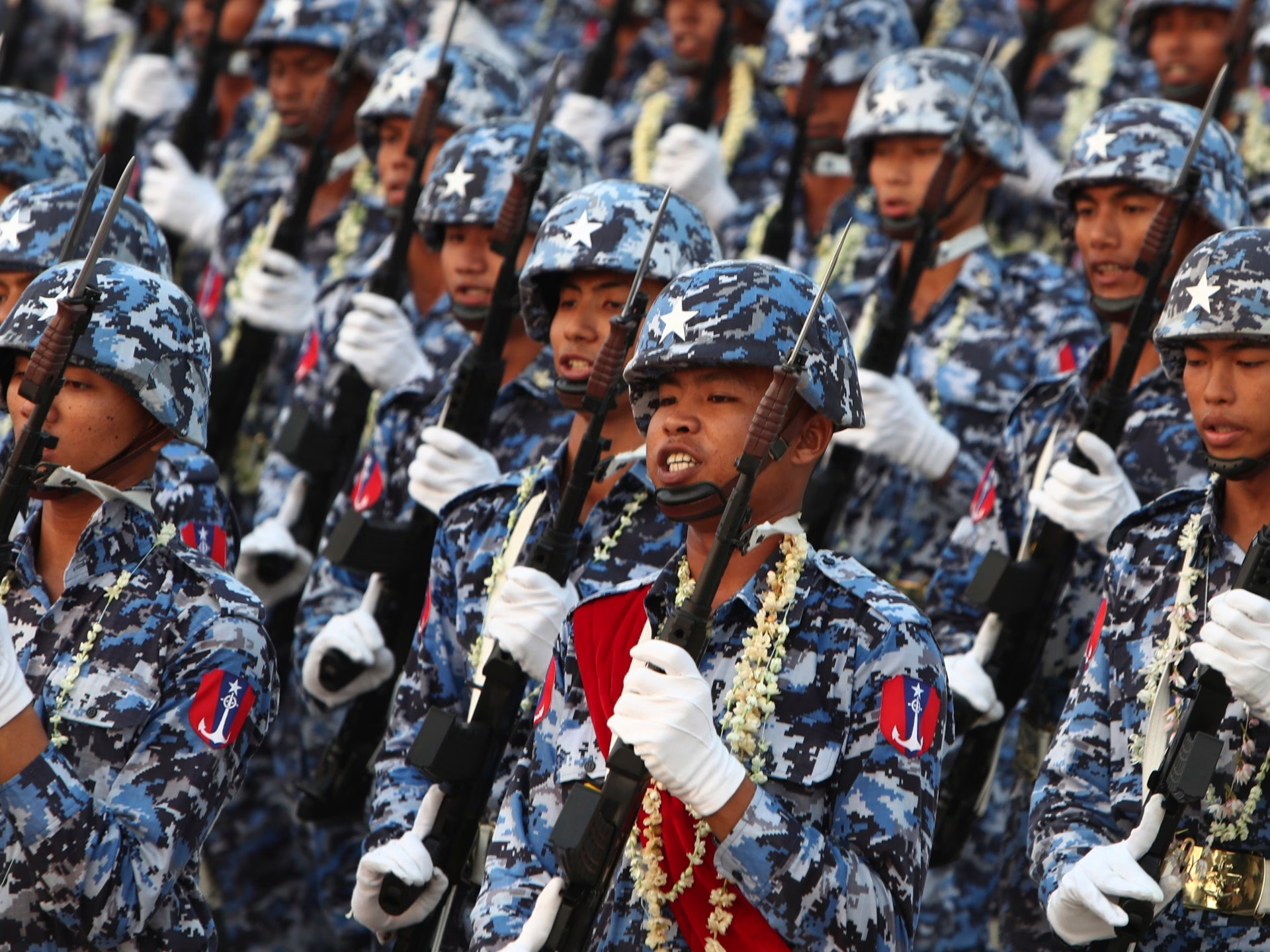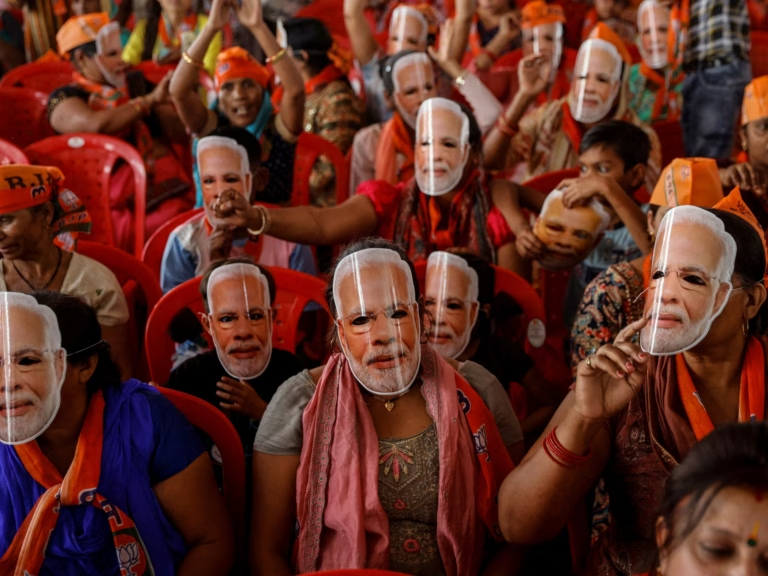This decision came in late January, over 11 months after the generals announced plans to implement widespread conscription in response to decreasing military strength and losses in battles against armed resistance groups following their 2021 coup.
The first group, comprising 5,000 conscripts, began their basic training a year ago.
Subsequently, tens of thousands more youths were conscripted, with authorities granting themselves extended powers in January to compel men and women aged between 18 and 35 into military service, with prison terms for evasion.
At this point, 29-year-old Aung decided to flee Myanmar.
“I decided I must leave, as soon as possible,” Aung told Al Jazeera.
That same day, he packed a backpack with essentials and caught the next bus out of Yangon, Myanmar’s commercial capital, heading east.
After navigating multiple military checkpoints, paying several bribes to soldiers, and enduring days of anxiety, Aung reached the Moei River, where he crossed into Thailand on a smuggled wood boat.
A year into the Myanmar military’s conscription campaign, thousands of young individuals followed Aung’s path, either fleeing to rebel-controlled areas or leaving their country entirely.
Similar to Aung, they reject serving an army accused by the United Nations and numerous human rights groups of conducting a brutal campaign, causing a devastating civil war with no end in sight.
“They are destroying the country, killing civilians,” Aung stated from a refuge near the Thai-Myanmar border. “I don’t want to contribute to the killing; I refuse military service and the conscription law.”
‘They don’t want to serve … like slaves’
Official conscription figures remain undisclosed by the military.
Upon calling up the 11th group of conscripts in March, the Myanmar military may reach its goal of recruiting 60,000 new soldiers in the first year of the program, according to analysts.
Analysts note that new conscripts are a welcome reinforcement for depleted units after years of civil conflict, yet conscription efforts are intensifying.
While initial recruiting saw some voluntariness, now authorities resort to severe measures, including abduction and extortion, to meet conscription quotas.
Furthermore, instead of fulfilling support duties, conscripts are assigned to dangerous battlefield roles, sometimes with minimal training, and treated more as collateral than combatants.
Emphasizing this, some conscripts are reportedly used as human shields, given tasks like defusing mines or facing enemy lines—positions inappropriate for inadequately trained troops.
‘Human shields’
Ko Ko, 24, who escaped conscription, shared chilling tales of conscripts used as human shields by the military.
Filtered by personal experiences and narratives, the conscription’s failure to alter the course of the civil war becomes evident, with the military still controlling major cities but losing ground elsewhere.
Thus, the conscription effort has primarily served to bolster morale and sustain existing positions rather than turn the tide of the war.
Fighting to a standstill with recruits
Despite fresh troops, the military’s capabilities remain limited, relying on artillery and airstrikes rather than initiating new ground offenses.
Recent local developments hint at potential shifts in control over regions, yet the overall effect of conscription remains controversial.
Back in Thailand, Aung continues teaching remotely for a resistance-aligned education system while living in fear of deportation and forced conscription.
His story, like many, illustrates the desperate measures taken by those wishing to avoid serving a regime they strongly oppose.








